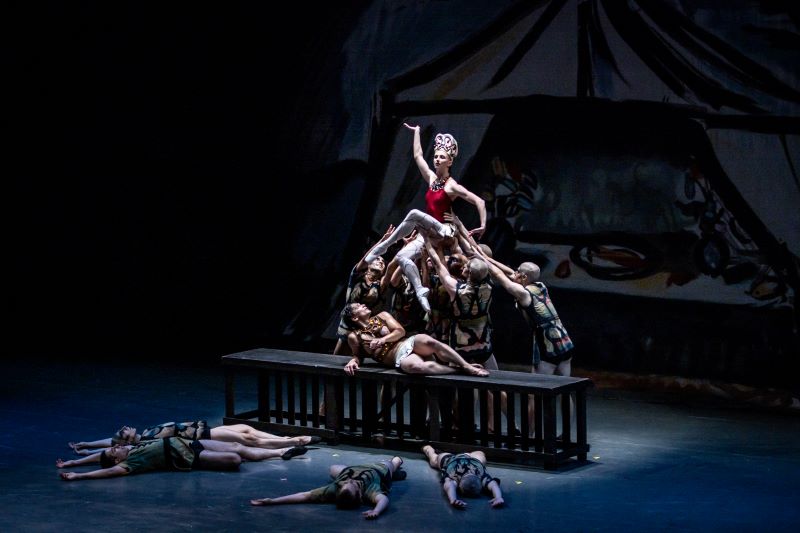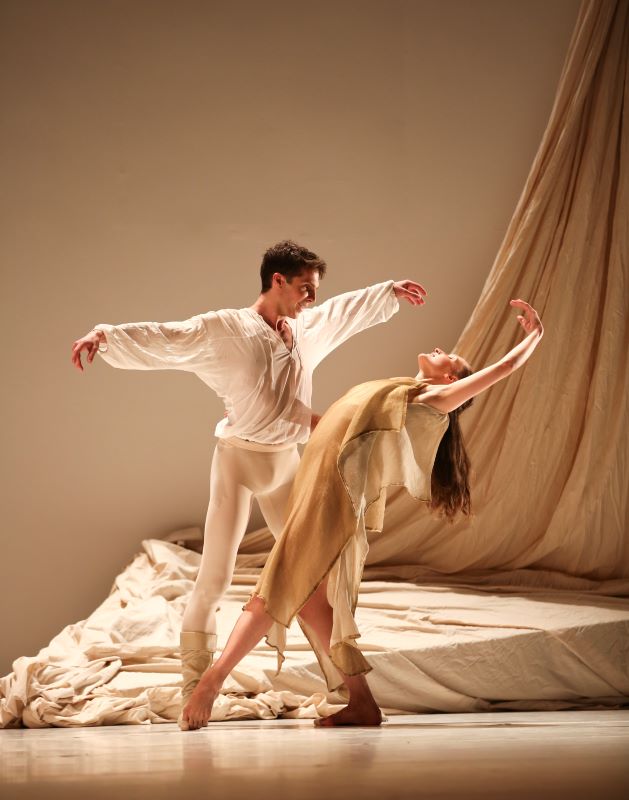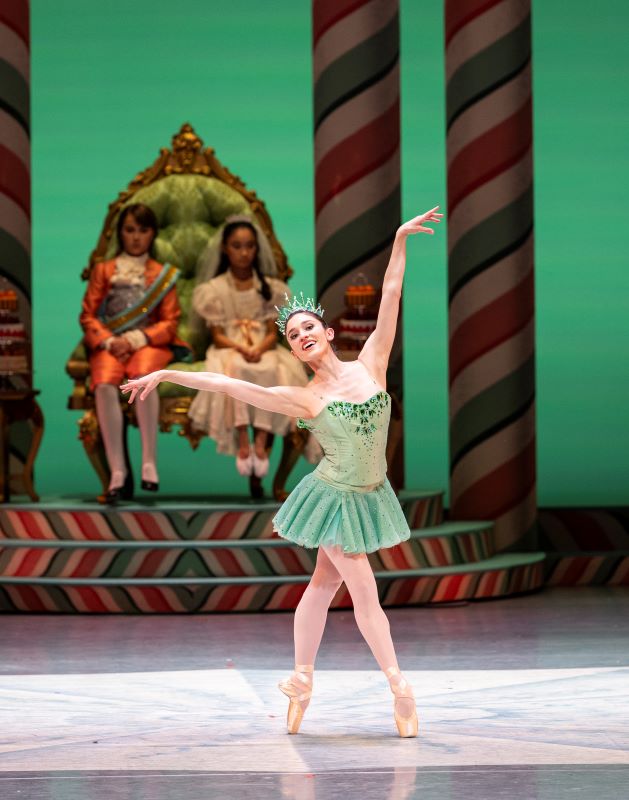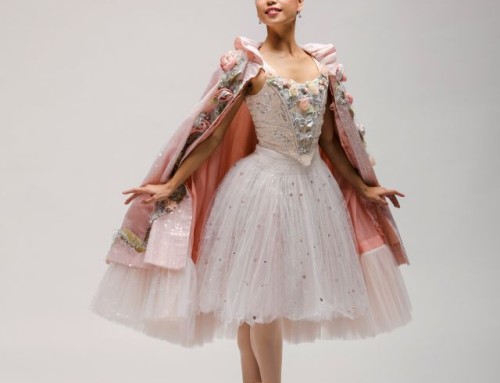New Audio Dance Description Program at PNB
By Sarah Kolat, PNB Institutional Giving Manager and I.D.E.A. Co-Lead
The old dictum, “timing is everything,” is everywhere in dance—the precise timing of a lift, the coordination of a musical phrase with a physical gesture, a moment of complete unison from the corps de ballet—timing is at the core of everything PNB does. Sometimes, the timing metaphor is less literal. Last year, we received a generous grant from the M.J. Murdock Charitable Trust to expand our accessibility offerings. In recent years, PNB has introduced a number of accessibility initiatives, from our Sensory Friendly performances to Dance For All, a dance class for children of all abilities; Pay What You Can night, with tickets as low as $5.00; and expanded Community Partner Tickets, providing free tickets to partnering organizations. PNB is committed to making dance accessible for all who wish to participate. We saw the opportunity to grow our accessibility options to include the Blind and Visually Impaired community by introducing Audio Dance Description to our regular season programming.

A group of dancers perform on a dimly lit stage. At the center, a dancer in a red top and white tights, wearing a large, ornate headdress, is held aloft by several others who are dressed in patterned costumes. They stand on or around a long, dark bench, with one dancer reclining across it. Other dancers lie on the floor around the bench with their arms outstretched, creating a dramatic tableau. A large, abstract backdrop looms behind them, adding to the theatrical atmosphere.
In exploring how PNB could introduce this new program, one question kept coming to the surface: How do we do this right? Audio Description, as an accessibility tool, was developed for narrative and dramatic forms, primarily television and film, in the 1970s and 1980s, but it was created for art forms that included spoken dialogue. At PNB, we know that dance is set apart from other narrative forms of art by the absence of spoken dialogue, which makes audio description of dance works uniquely challenging.

Two dancers perform a duet on stage against a backdrop of draped fabric. The male dancer, wearing a loose white shirt and white tights, holds his arms out as he gazes at his partner. The female dancer, in a beige, flowing dress, leans back gracefully with her arms extended, arching her body toward him. The soft lighting and neutral tones create an intimate and serene atmosphere.
In November 2023, the timing lined up, and a bit of fate intervened when The New York Times published an article, “Hear the Dance: Audio Description Comes of Age” (Siobhan Burke, November 11, 2023), featuring blind dancer, educator, filmmaker, and audio dance description advocate Krishna Washburn, founder of New York-based Darkroom Ballet. In the article, she recalls an experience at a performance, listening to a description on a headset, and how “she left the theater feeling alienated, excluded. During the finale, a work famous for its deep emotional resonance, she heard people in the seats around her crying. But the audio description evoked nothing that seemed worthy of tears.” I knew instantly that Krishna was the partner I needed to develop this new program for PNB, someone who understood, at the core, that Audio Dance Description must be an inclusive component of the work, one that must consider the emotional impact of dance, and one that is, ultimately, its own artistic component of the experience. I contacted her and she called me almost immediately, and we launched into a robust discussion about audio dance. Her passion was infectious, and I signed up for her next Audio Dance Description training series, where I learned how I could best support this program for Audio Describers. I also heard Krishna describe well-known dance works, including a transformative description of “The Waltz of the Flowers” from George Balanchine’s The Nutcracker®. This was the type of Audio Description we wanted to bring our audience members.

A ballerina dances en pointe in the foreground, wearing a sparkling green tutu and crown, with one arm extended gracefully. Behind her, a boy and girl in period costumes sit on a grand, ornate throne, surrounded by oversized candy-striped columns. The backdrop is a vibrant green, creating a festive, whimsical atmosphere reminiscent of a candy-themed kingdom.
This season, PNB introduces Audio Dance Description to three Reps (All Balanchine, The Sleeping Beauty, and Roméo et Juliette) and George Balanchine’s The Nutcracker®. We’ll also screen Krishna Washburn and Heather Shaw’s Telephone, a film “exploring the creative possibilities of audio description for dance.” Alyson Osborn, a Portland-based disability advocate, theater educator, and dancer, will provide descriptions for six selected performances throughout the season, including our Sensory Friendly performance of The Nutcracker. PNB is proud to offer this new program in our commitment to make dance more inclusive, diverse, equitable, and accessible to all.
For more information and tickets, please visit https://www.pnb.org/season/plan-your-visit/accessibility/#audio-dance
For questions, please contact idea@pnb.org





